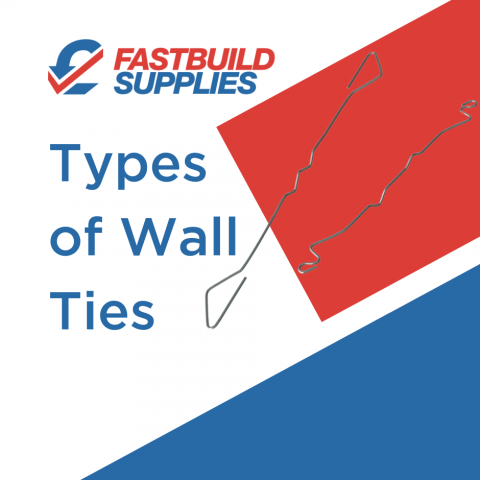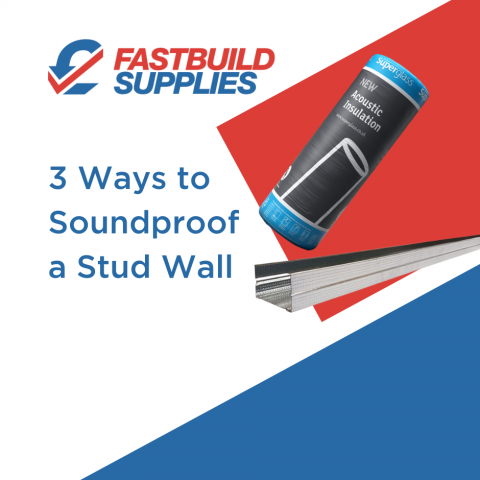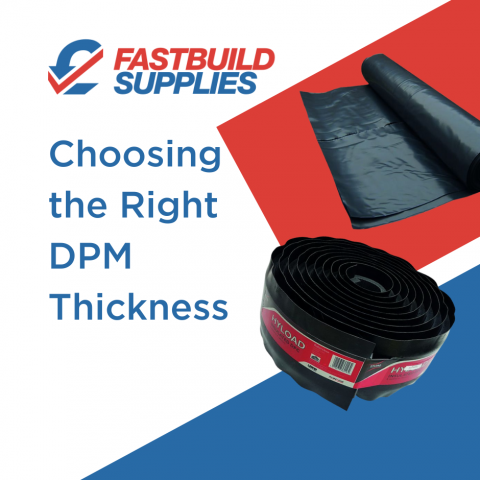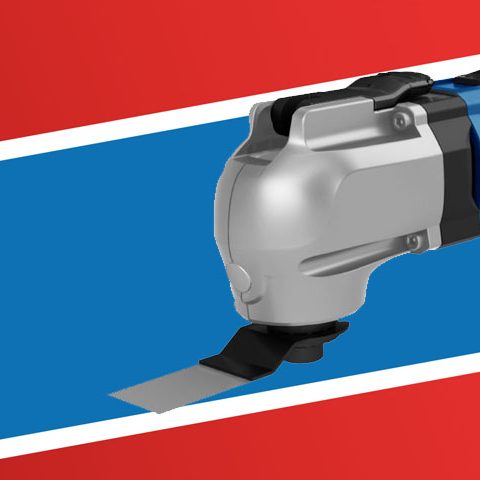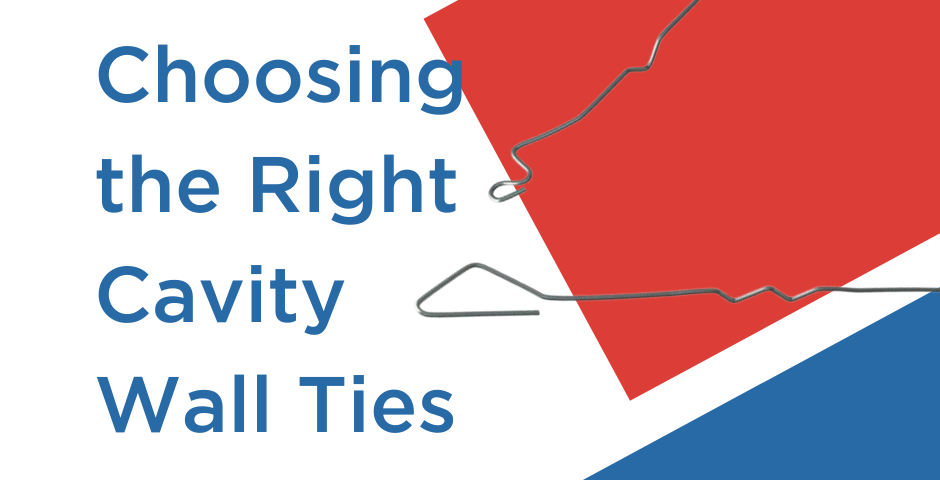
Wall ties are an essential part of any cavity wall construction, offering strength and support to the structure. As a result, making sure you have suitable wall ties is hugely important.
Here, we look at the factors when considering which wall ties to use, alongside some of the most common options, such as type 4 and type 2 wall ties.
What to Consider When Choosing Cavity Wall Ties
You should always check with your architect or structural engineer what wall ties are required for your build to ensure that they meet building regulations in your area.
There are many things to consider - here are three of the main points:
- The size of the building
- The style and location of the building
- The materials used in the leaves
Most standard wall ties are put into ‘types’ based on the building’s maximum height where they can be used.
Wall ties also commonly have limitations regarding the altitude at which you can use them and maximum wind speeds. There are also some restrictions regarding building types, so always check with your architect or engineer.
Finally, specific wall ties are designed for masonry-to-masonry and masonry-to-timber cavities, so you should consider this when making your decision.
Common Types of Wall Ties
As mentioned above, unique builds are likely to require specific wall ties. However, for most standard cavity walls, these are the common options.
Type 2 Wall Ties
Type 2 wall ties are sometimes referred to as the general purpose wall tie and are the go-to for larger commercial and residential builds.
Type 2 wall ties are masonry-to-masonry and suitable for buildings with a maximum height of 15m. In terms of location, they are suitable for flat sites at a maximum altitude of 150m above sea level and a basic wind speed of up to 31m/s.
There are some circumstances where you can use type 2 wall ties outside the parameters mentioned above. However, calculations would have to be made first.
Type 4 Wall Ties
Type 4 wall ties, sometimes called light duty ties, are the most common on the market and are heavily used in residential buildings and extensions.
You should use type 4 wall ties in cavity walls with a similar thickness for the inner and outer leaves. You can use them in buildings with a maximum height of 10m. For the location, they are recommended for flat sites no higher than 150m above sea level and a basic wind speed of up to 27m/s.
Type 6 Timber Wall Ties
For timber frame buildings, type 6 is by far the most popular option. In fact, many simply refer to this as the timber frame tie.
Type 6 wall ties are normally suitable for domestic and commercial buildings with a maximum height of 15m. They’re designed for flat sites at a maximum altitude of 15m and a basic wind speed of up to 25m/s.
How to Know Which Wall Tie is Right for Me
As mentioned above, the best way to know which wall ties to use is to speak with the architect or structural engineer - they will know what’s suitable for your build.
For most standard builds, one of the options above will be suitable. However, there are many other more specialist types of wall ties that may be required for more specialist applications.
Here at Fastbuild, we supply a wide range of wall ties for every build at incredible trade prices! Why not browse our range today and pick up what you need for your job?



